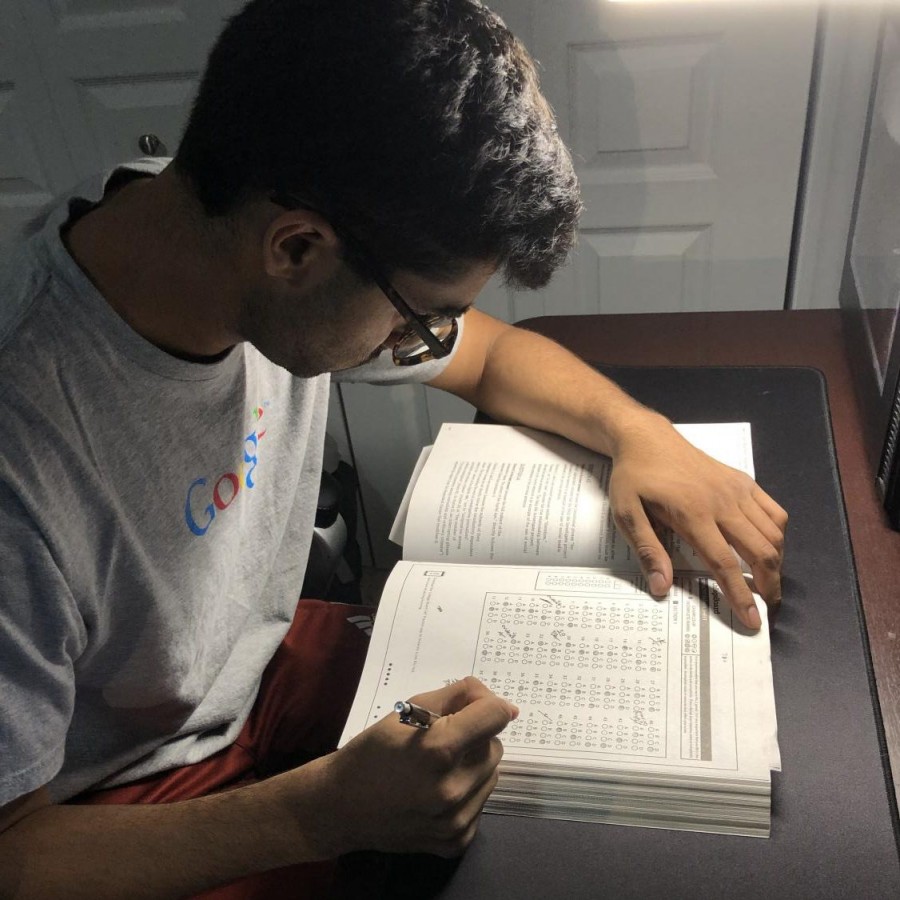Each year, the journey to college and beyond requires students to take numerous steps in preparation. Among them is taking standardized tests like the SAT, but the College Board’s newest change to the exam has caused major upset and concern among students and educational professionals.
The SAT, like some other standardized tests, is meant to gauge a student’s ability to think and reason through problems. The subject matter is often pulled directly from what students learn in high school and is presented in challenging questions within a strict time-frame.
If a student performs well, the reflects it, and the purpose of the test is fulfilled. But in the near future, that may not be all. Along with giving the result of a student’s academic performance, the College Board will soon supplement the test score with what they are calling an “Adversity Score”.
With this score, the College Board hopes they will be able to better understand each student’s situation and level the playing field for all its test takers. Students will just be required to provide their school and address, and the level of adversity will be based off of available statistics about the region.
Although this sounds like a step in the right direction, there are many that believe assigning a score like this undermines the objectivity of the test. Vishwajit Subramanian is a former PV student who took the SAT. He said, “the adversity score puts more pressure on ‘privileged’ students because of how competitive the college admission process is.”
By simply adding a new statistic about each student, many feel that the College Board is shying away from their responsibility of improving the test to be fair for everyone. Subramanian thinks that the extra score isn’t even necessary. “It’s already an even playing field regardless of social class, because everyone has access to the resources required to do well. Online sources like Khan Academy are available to anyone with access to a computer or a library,” he said.
There are some students, however, that see the benefit that comes with such a change. Alan Castaneda is a senior who did not take the SAT, but sees the benefit of adding a new level of information to standardized tests. “I think that ranking the number of privileges students have would help to give disadvantaged students a better chance at success,” he said. “[The Adversity Score] would provide a background to colleges of how different students are living socially and economically.”
Regardless of the test structure, it is a known fact that college entrance exams like the SAT and ACT are not perfect. Many intelligent students struggle with the test, while some students with poor performance in school are able to shine. It is the goal of test makers to make sure that the tests represent the students well, but it remains a challenge.
Perhaps the “Adversity Score” is a step towards making a perfect test a reality, but it is evident that it isn’t the best solution. Each student deserves an equal opportunity at success, so it is of the utmost importance to find a means to ensure that.









